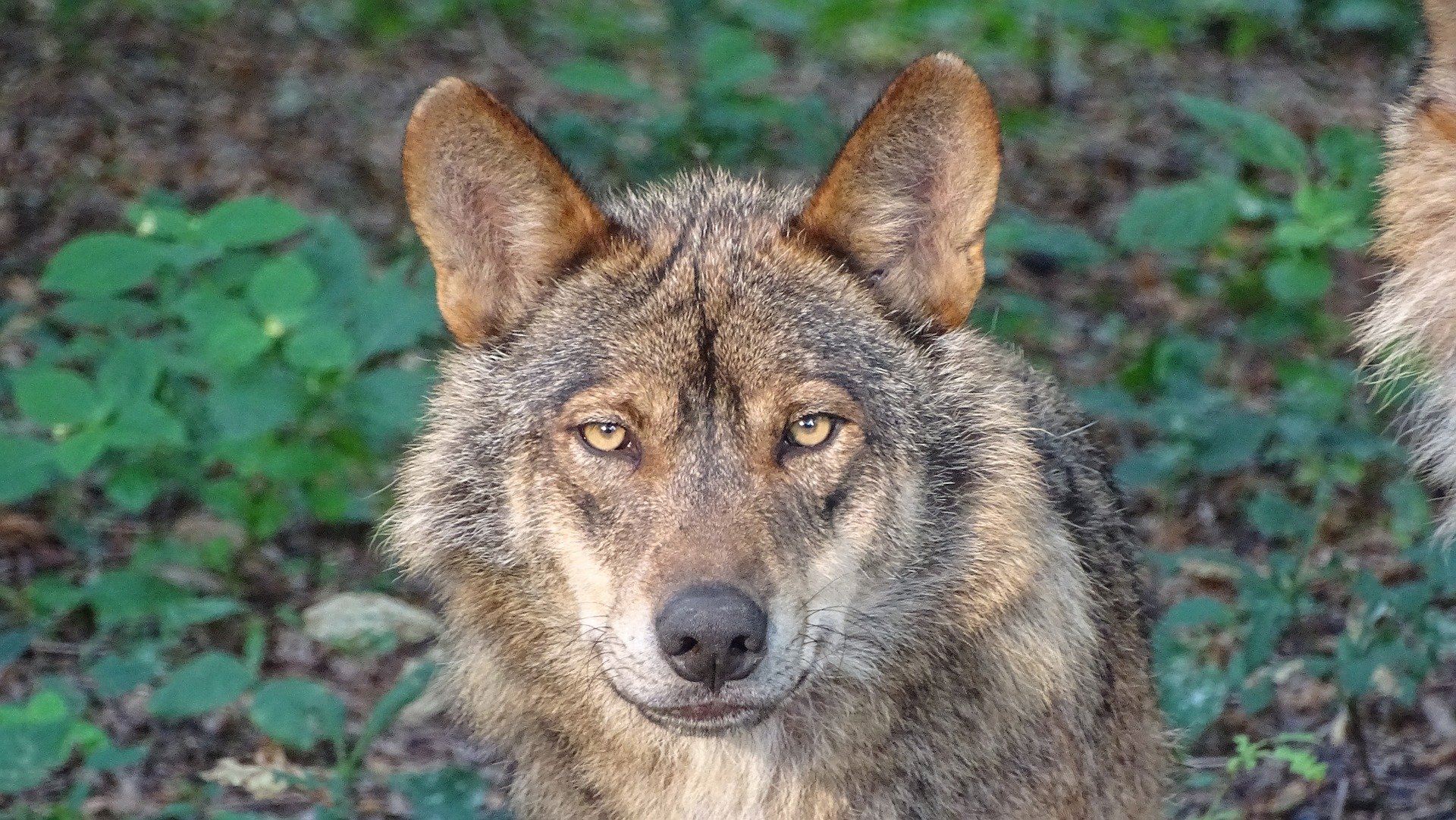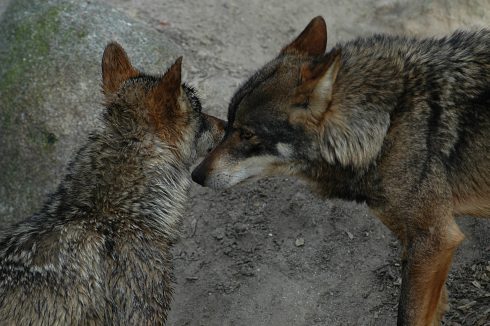SPAIN’S Iberian wolf population has undergone a significant 26% increase since 2014, as reported in a recent study.
The study, conducted by the Artemisan Foundation, claims that there are currently around 400 wolf packs throughout Spain. This is equivalent to an estimated population of around 2,800 individuals.
The majority of these populations are in the four northwestern autonomous communities of the country, Galicia, Asturias, Cantabria, and Castilla y Leon.

However, their presence is also consolidating in Madrid, La Rioja, Castilla-La Mancha, and is frequently detected in other regions such as Aragon, Extremadura, and Catalonia.
While the increase in wolf numbers is beneficial, as they are vital apex predators crucial for ecosystem health, it also brings challenges.
The report, which has been forwarded to the European Commission, underscores a significant drawback to the increase in the wolf population: conflicts with livestock.
The study reveals that the rise in the wolf population coincides with the loss of nearly half a million extensive livestock, primarily in Galicia, Asturias, Cantabria, and Castilla y León – the four main regions inhabited by wolf populations.
The calculations made by the organisation estimate over 8,000 attacks on extensive livestock, which translates to about 22 attacks per day, resulting in the predation of 10,000 heads of livestock, or 27 per day.
This leads to ‘expenses’ of €3.5 million for damage compensation and over €4 million for preventive measures.
Balancing the benefits of a growing wolf population with challenges like livestock conflicts and effective management is complex and requires cooperation among government agencies, conservation groups, and local communities.
READ MORE:
- Wolves declared as extinct in Spain’s Andalucia region
- BEAUTIFUL BUT DEADLY: Iberian wolves expected to return to Spain’s Valencia region within the next five years








